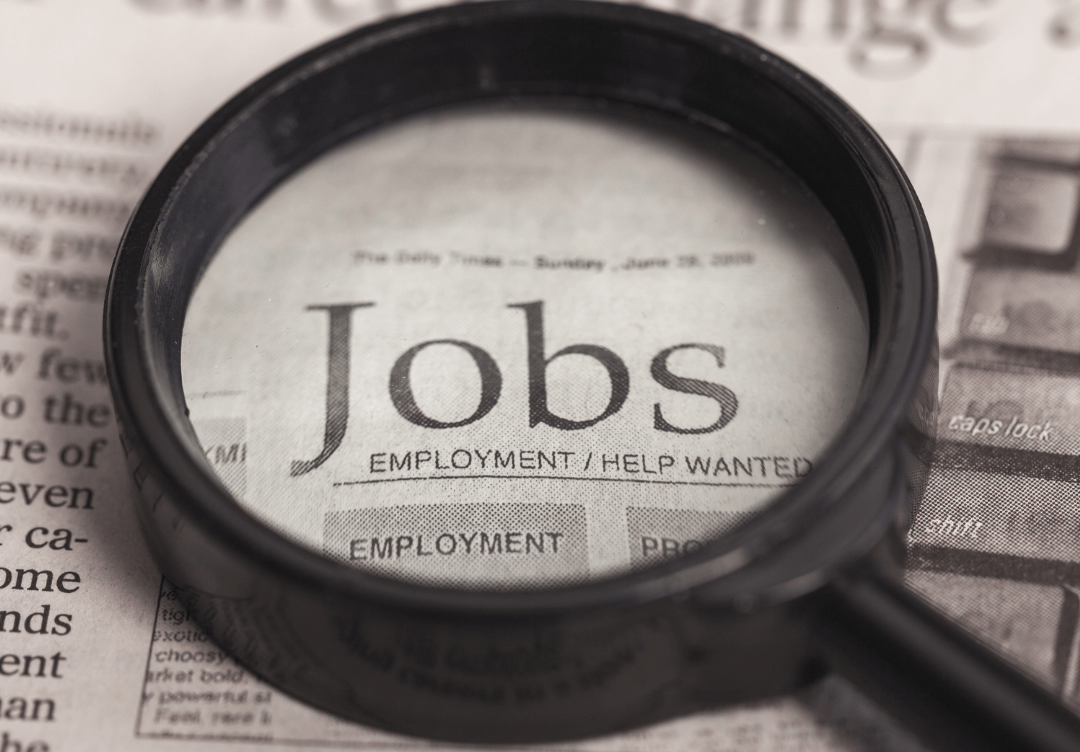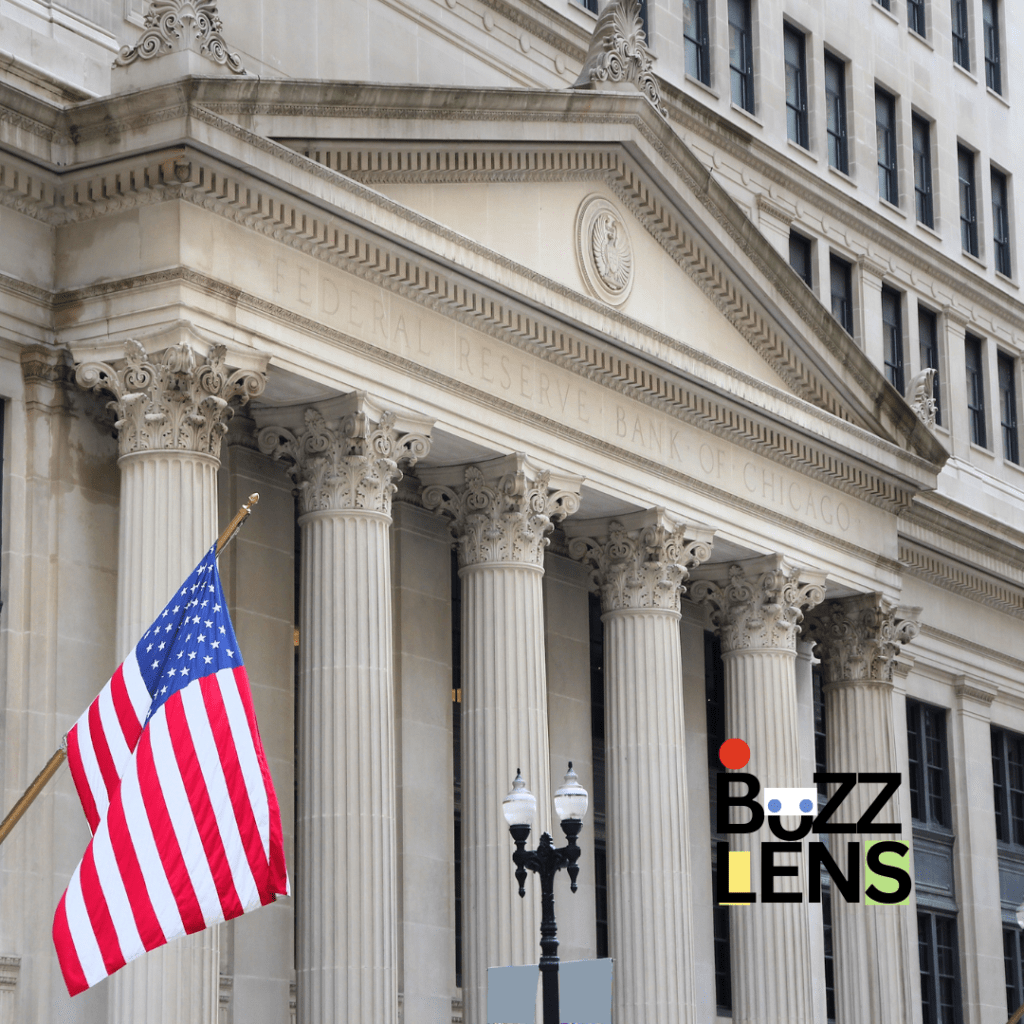
US Jobs Report: Unemployment Rate Falls, but Hiring Slows in August
The U.S. labor market experienced mixed results last month, according to Friday’s report from the Bureau of Labor Statistics (BLS).
On one hand, the unemployment rate dropped slightly from 4.3% to 4.2%, signaling positive movement in job stability.
However, the pace of hiring slowed, with the economy adding only 142,000 jobs in August, falling short of economists’ expectations.
This latest data comes as a pivotal moment for the U.S. economy, with many analysts closely monitoring the situation for indicators of where things are headed.
Although the labor market remains tight, the slower-than-expected job growth raises questions about the Federal Reserve’s upcoming decisions regarding interest rates.
Unemployment Rate Dips but Hiring Falls Short
While the drop in the unemployment rate to 4.2% offers a glimmer of optimism, the job creation numbers have sparked some concerns.

August’s figure of 142,000 jobs added is below market expectations, with analysts and economists previously forecasting a number closer to 160,000–170,000 new jobs.
Many experts view this report as a potential sign that the U.S. labor market may be losing some steam after a year of relatively robust hiring.
Also Read: Social Security Increases Announced for September– States with Largest Boost
Economists React to the Data
Economists and market traders are interpreting this data with caution.
The lower-than-expected hiring pace could be a sign that the U.S. economy is beginning to feel the effects of the Federal Reserve’s tightening monetary policies.

The Fed has raised interest rates 11 times since March 2022 in an effort to combat inflation.
Traders are now speculating whether the Federal Reserve will move forward with another interest rate hike when they meet later this month on September 17-18.
A quarter-point hike seems likely, but some are concerned that this data may keep the option of a half-point hike on the table, though that remains less probable.
Impact on Fed’s Rate Decisions
Although the Fed was expected to consider further rate hikes, especially with inflation still above target, this softer jobs report might give policymakers pause.
Some economists believe that weaker hiring numbers could signal a cooling economy, leading the Federal Reserve to reconsider a more aggressive rate increase.

However, Friday’s report wasn’t weak enough to suggest that the Federal Reserve will back off completely.
Federal Reserve Chairman Jerome Powell has indicated the central bank’s readiness to continue rate hikes if inflationary pressures remain.
Also Read: Social Security Benefits Expected to Increase in 2025: What You Need to Know
Industry Breakdown: Where Jobs Were Lost or Gained
Despite the overall slower hiring rate, there were sectors that saw job gains in August. The healthcare, professional services, and education sectors continued to add jobs.
Manufacturing and construction, however, experienced slight contractions in their hiring pace, potentially reflecting some of the broader economic slowdowns seen in recent months.
Meanwhile, leisure and hospitality, which was a driving force behind job gains earlier in the year, added fewer positions in August, indicating potential saturation in the sector as the summer travel season winds down.
Economists’ Outlook for the Rest of 2024
Despite this mixed jobs report, many economists believe that the U.S. economy will avoid a recession in 2024, even if hiring slows.

The current unemployment rate of 4.2% is still relatively low by historical standards, and most analysts point out that the labor market remains tight, with businesses still facing challenges in finding qualified workers.
That said, the Federal Reserve will continue to walk a fine line between curbing inflation and maintaining economic growth.
Any signs of a cooling labor market or wage growth slowing down could have significant implications for the Fed’s future rate hikes.
Uncertainty Remains
In conclusion, the U.S. labor market is still sending mixed signals. While the unemployment rate has fallen, the slower pace of job creation raises questions about the long-term sustainability of this economic recovery.
The next major milestone for both the economy and investors will be the Federal Reserve’s meeting on September 17-18, where further interest rate decisions will be made.
Until then, the market remains on edge, awaiting confirmation of the central bank’s next move and the ongoing trajectory of the U.S. economy.
